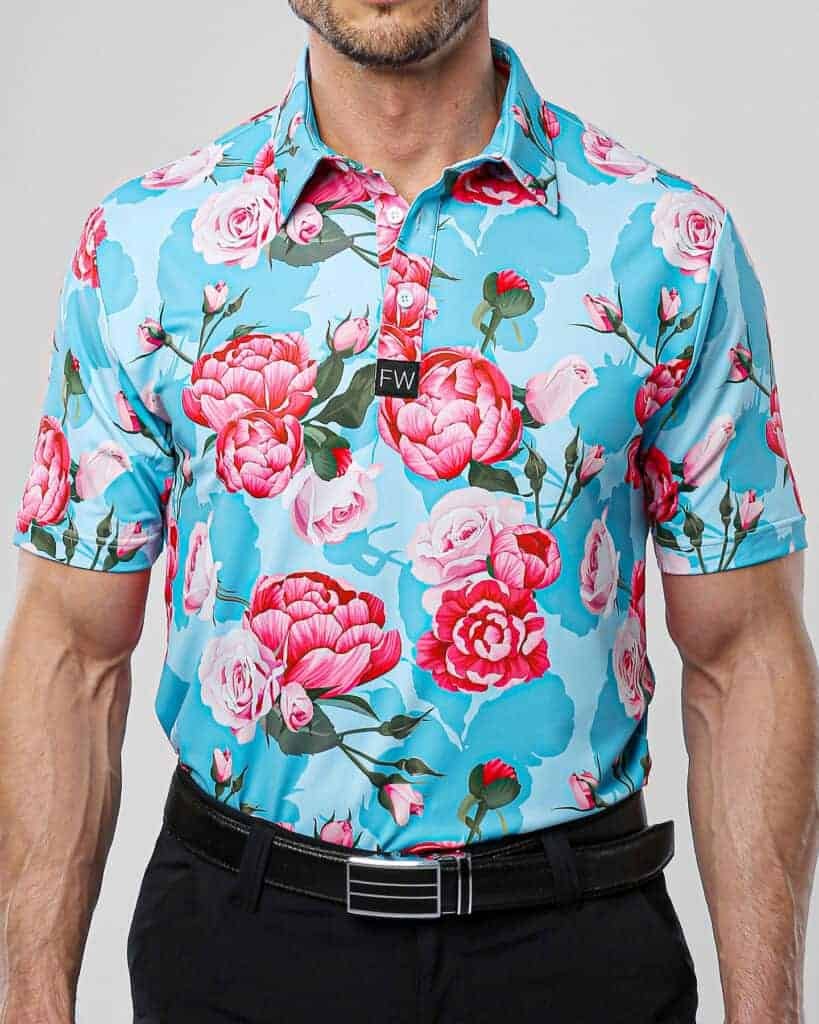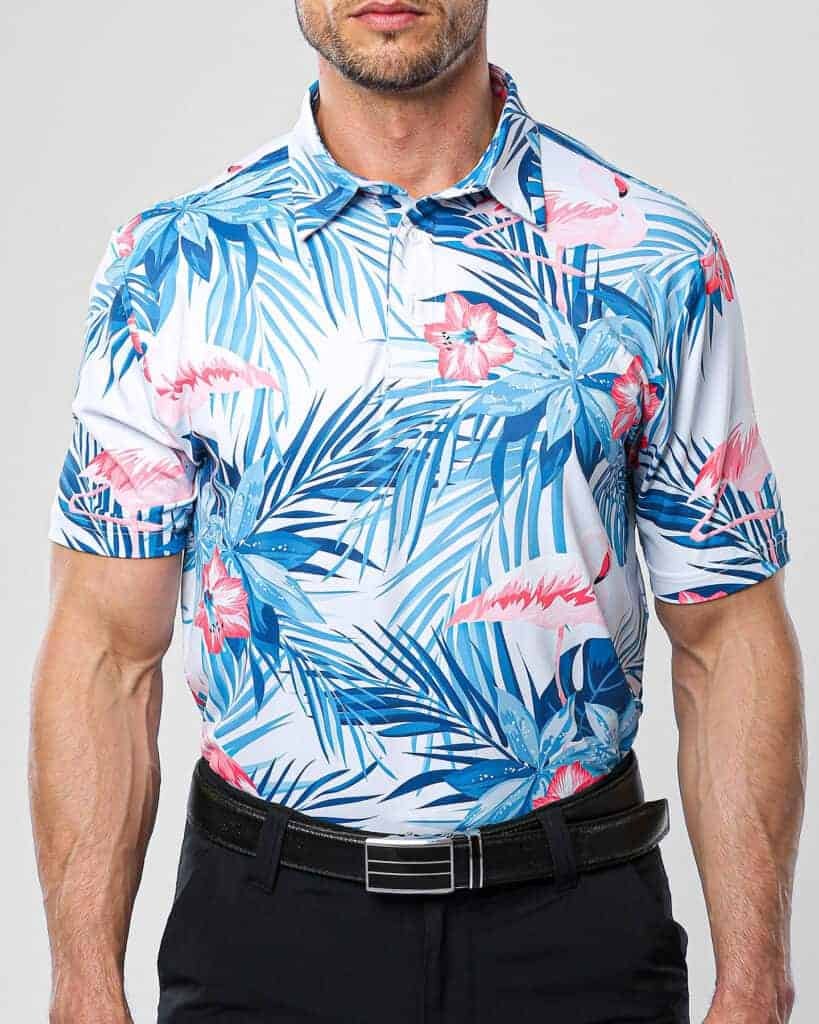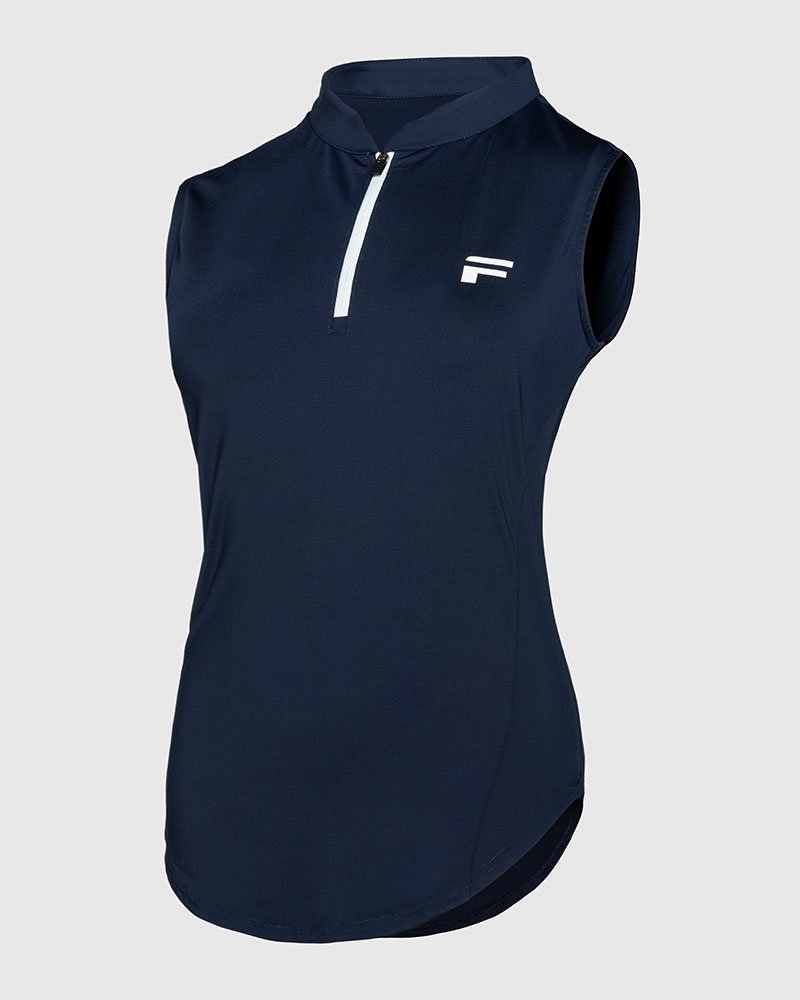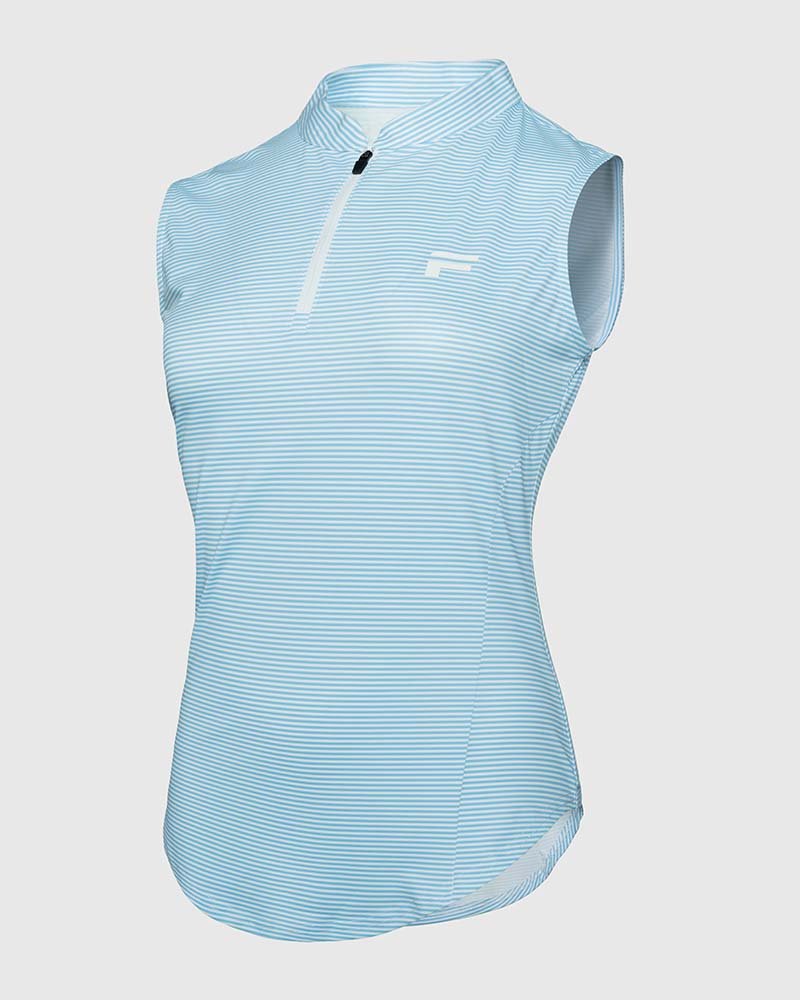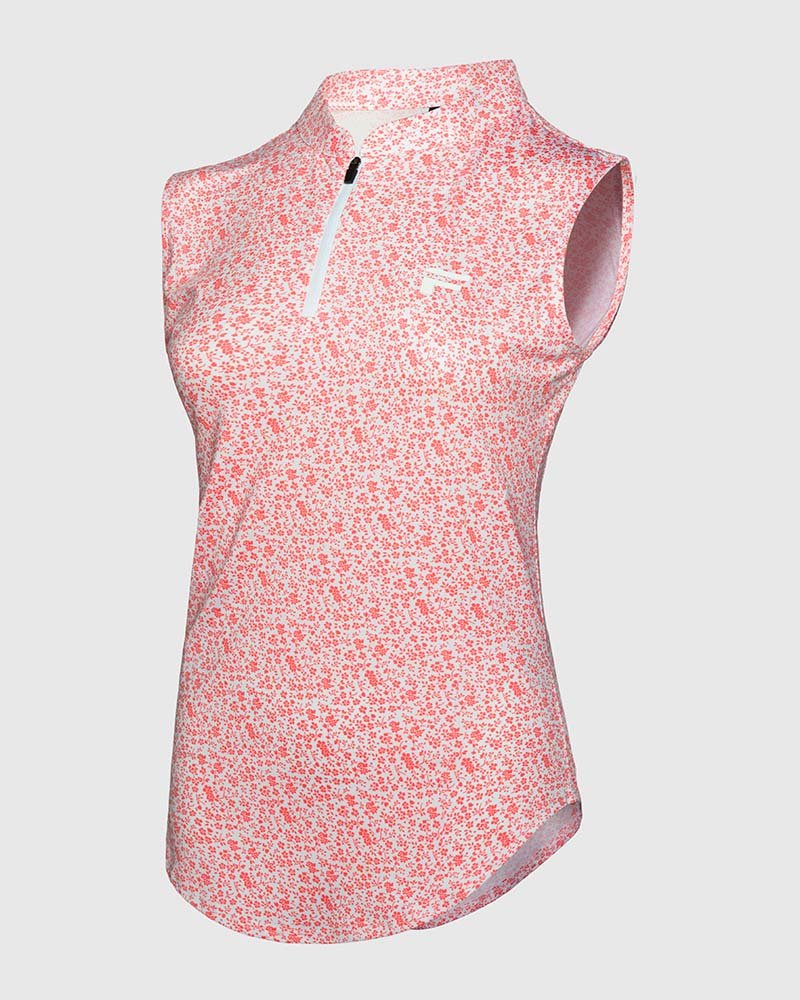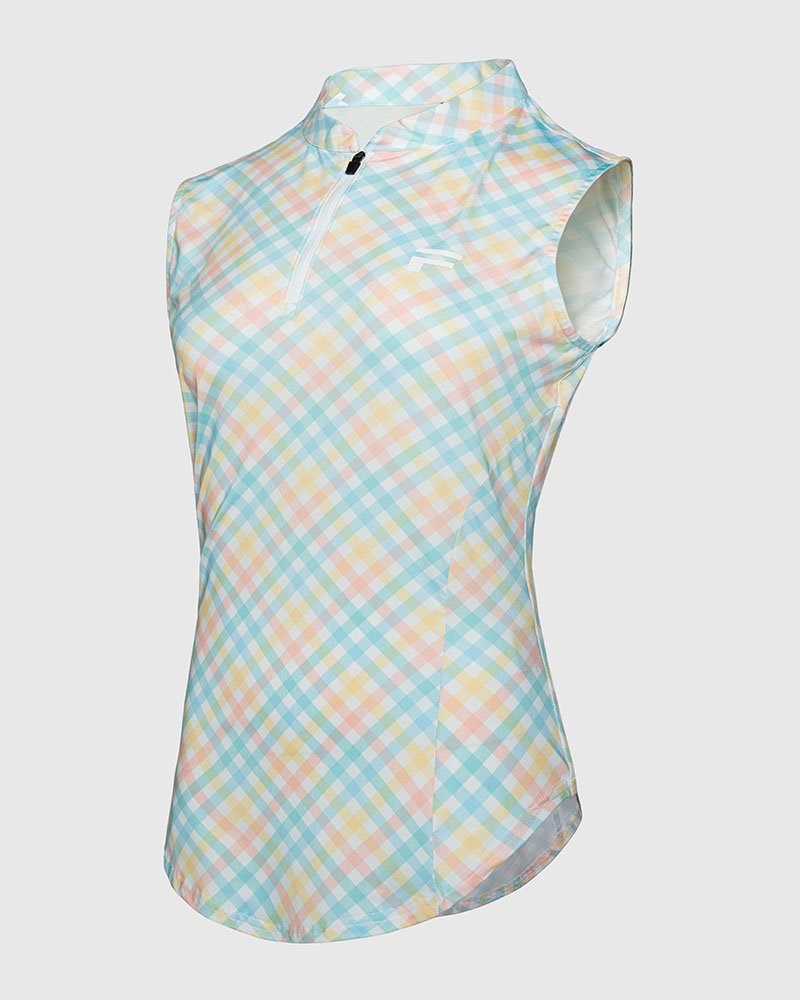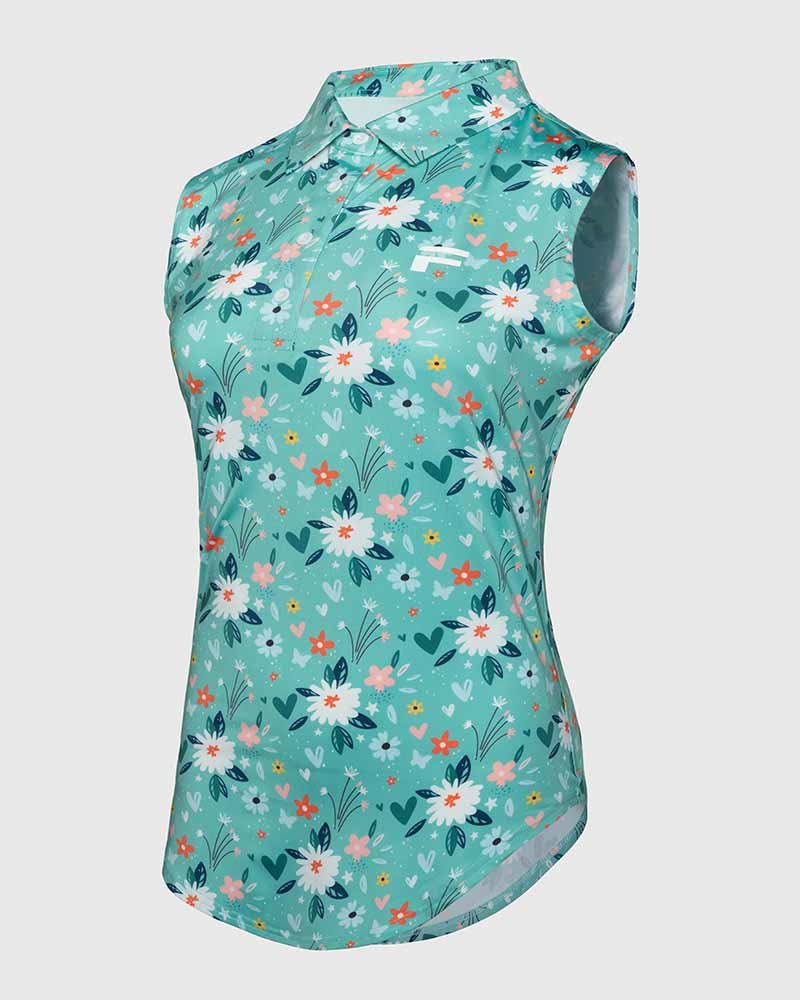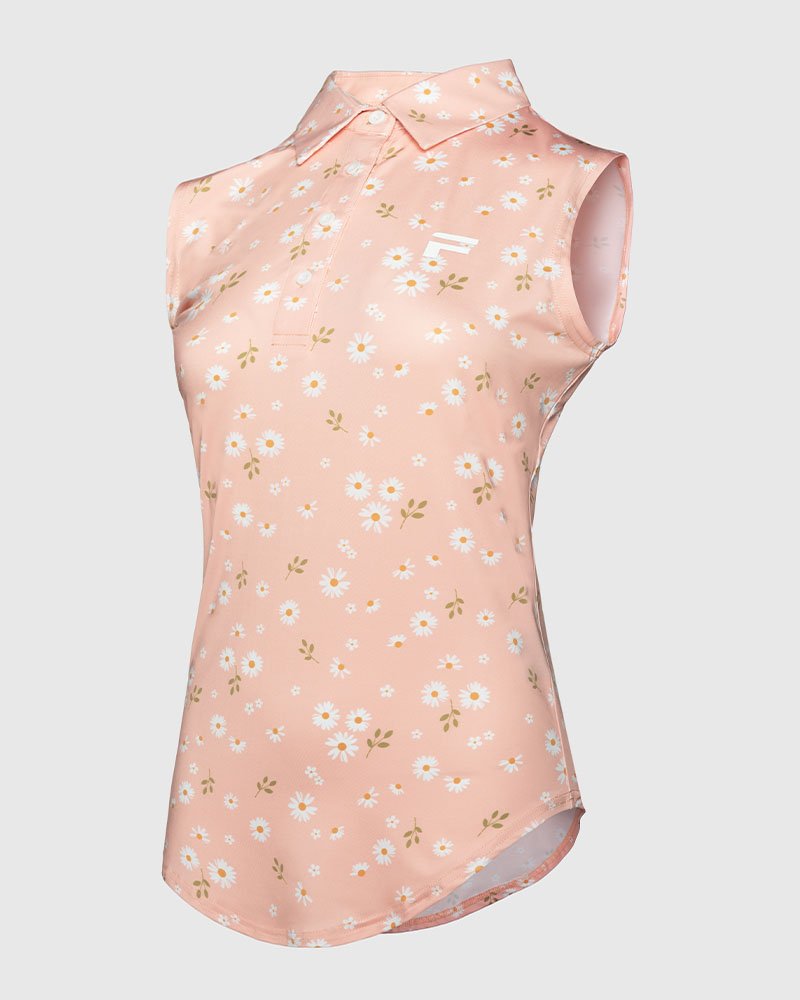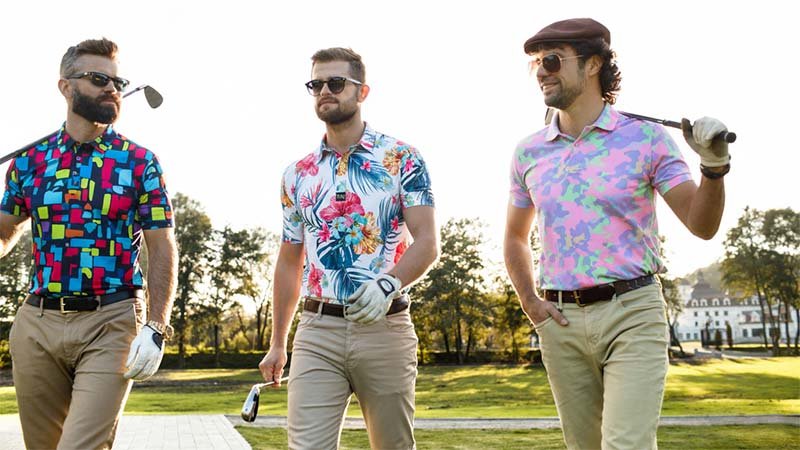Starting a golf apparel brand is exciting, but finding a reliable manufacturer is tough. Your brand's reputation depends on getting this crucial partnership right from the start.
To choose the right golf shirt manufacturer, you must evaluate their expertise in performance fabrics, check their customization options, understand their MOQ and pricing, and verify their communication and production process. This ensures quality and reliability for your brand's foundation.
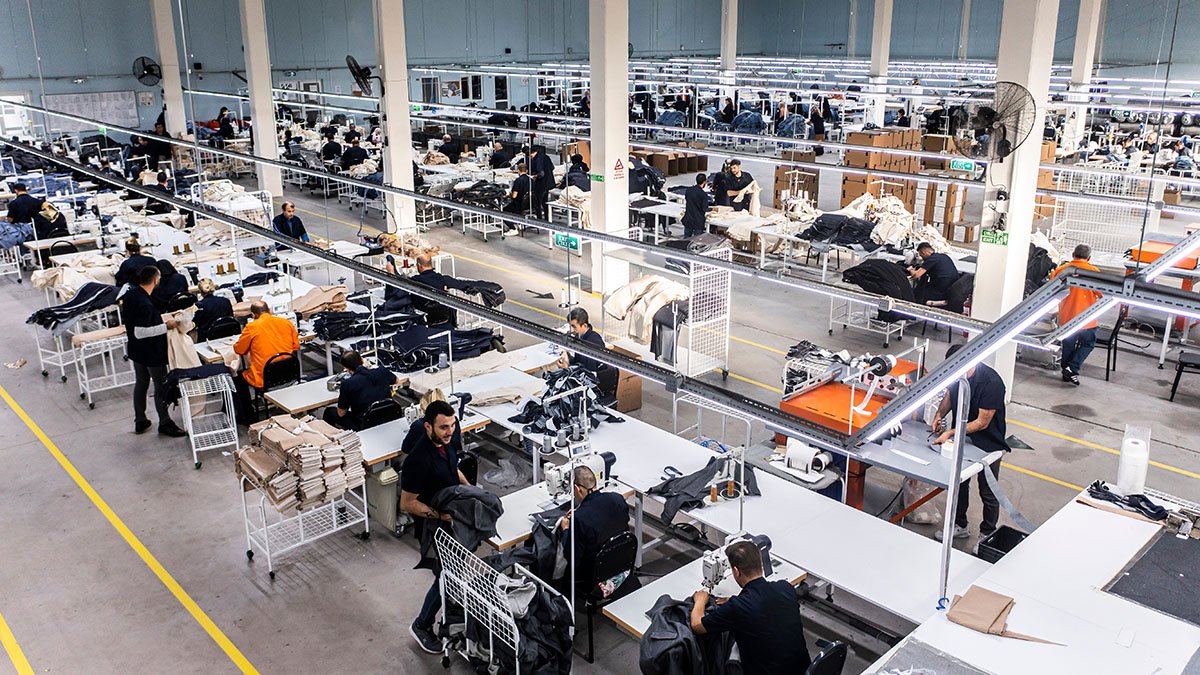
I've spent my entire career in apparel manufacturing, from working on the factory floor to founding my own company. I’ve seen new brands succeed and fail based on this one decision: their choice of partner. It’s about more than just finding someone who can sew fabric together. It’s about finding a partner who understands your vision, feels invested in your success, and can help you navigate the complexities of production. Let's break down exactly what you should be looking for to build a brand that lasts.
What Key Qualities Define a Top-Tier Golf Shirt Manufacturer?
Are you worried that inconsistent quality could damage your new brand's reputation? A great manufacturer delivers excellence every time, while poor craftsmanship leads to costly returns and bad reviews.
A top-tier manufacturer is defined by their deep expertise in performance fabrics, consistent and high-quality craftsmanship, and transparent communication. They should act as a partner, offering guidance on materials and production techniques to ensure the best possible final product.

When I first started in a small textile factory, I learned one thing very quickly: the difference between good and great comes down to the details. For a brand owner like you, knowing these details is your best tool. You need a partner who obsesses over them just as much as you do.
Fabric Expertise is Non-Negotiable
Anyone can say they use "performance fabric," but a true expert knows the difference. A great manufacturer won't just take your order; they will ask questions. They'll want to know about your target customer and how they'll use the shirt. They can then recommend the right blend of polyester for durability and moisture-wicking, with the perfect percentage of spandex for four-way stretch. They understand the treatments that make a fabric breathable and quick-drying. This expertise is critical because the right fabric is the foundation of a great golf shirt.
Look at the Details: Stitching and Finishing
Turn a shirt inside out. That’s where you see the real quality. I always look for clean, flatlock seams that won't chafe during a swing. Are the threads trimmed neatly, or are they loose and messy? A manufacturer committed to quality ensures every stitch is secure and every finish is clean. This is the difference between a shirt that falls apart after a few washes and one that becomes a golfer's favorite.
Here’s a simple way to think about it:
| Quality Indicator | Top-Tier Manufacturer (Partner) | Low-Tier Manufacturer (Supplier) |
|---|---|---|
| Fabric | Recommends specific performance blends | Uses generic, low-cost polyester |
| Stitching | Clean, durable, flatlock seams | Loose threads, uneven stitching |
| Communication | Proactive, offers solutions | Reactive, hard to reach |
| Focus | Long-term partnership and brand growth | One-time order, lowest price |
How Can You Verify a Manufacturer's Customization Capabilities?
You have a unique design vision for your golf shirts, but can your manufacturer actually bring it to life? A mismatch in capabilities can stall your creative ideas and waste valuable time.
Verify customization capabilities by requesting a detailed portfolio of their past work. Ask specific questions about their printing (sublimation, screen print), embroidery, and other finishing options like custom labels and tags. Always get a sample that showcases the exact techniques you need.
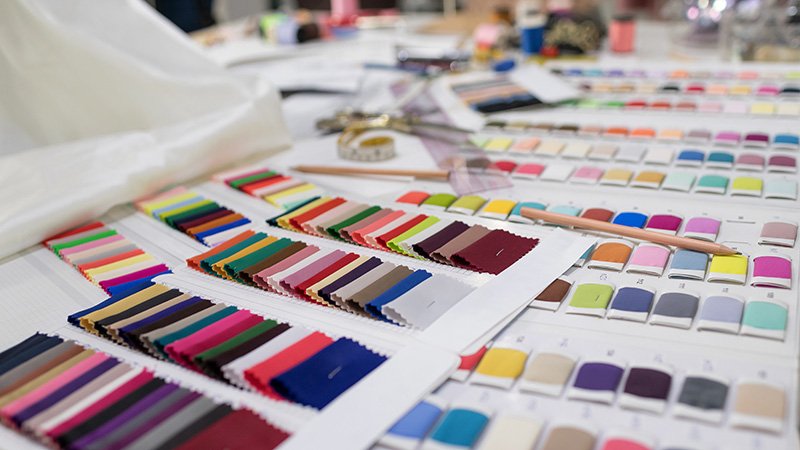
I’ve helped countless brands bring their ideas to life. The most successful ones are those who partner with a manufacturer that can translate a design from a screen to a physical product without losing the magic. Your manufacturer's workshop should be like a painter's palette, with all the tools needed to create your vision.
Beyond the Basic Polo: Printing and Embroidery
Your designs are what set you apart. You need to know if the manufacturer can execute them perfectly. Don’t just ask if they do "printing." Ask what kind of printing they specialize in.
- Dye-sublimation is perfect for complex, all-over patterns and vibrant colors that won't fade or crack because the ink becomes part of the fabric itself.
- Screen printing is a classic choice for simpler, bold logos and is very cost-effective for larger quantities.
- Embroidery offers that premium, textured look for a chest or sleeve logo that screams quality.
A great partner will be able to show you physical examples of each and explain which method is best for your specific design and fabric choice.
The Small Details That Build a Brand
True branding goes beyond the main design. It’s in the small details that many new owners overlook. Can the manufacturer add a custom woven label to the neck? Can they create branded hang tags that tell your story? What about sourcing custom zipper pulls or buttons with your logo? These elements transform a piece of clothing into a branded experience. When I work with a new brand, I always make sure we discuss these "small" things early on. They are what make customers feel like they bought something special.
What Should You Know About MOQs and Pricing Models?
New brands often operate with limited capital. High Minimum Order Quantities (MOQs) can feel impossible, while a rock-bottom price might hide bigger, more expensive problems down the road.
Minimum Order Quantities (MOQs) vary by manufacturer and complexity. Don't just chase the lowest price; evaluate the total value. A reliable partner with a reasonable MOQ and transparent pricing will save you money on defects, delays, and re-orders in the long run.
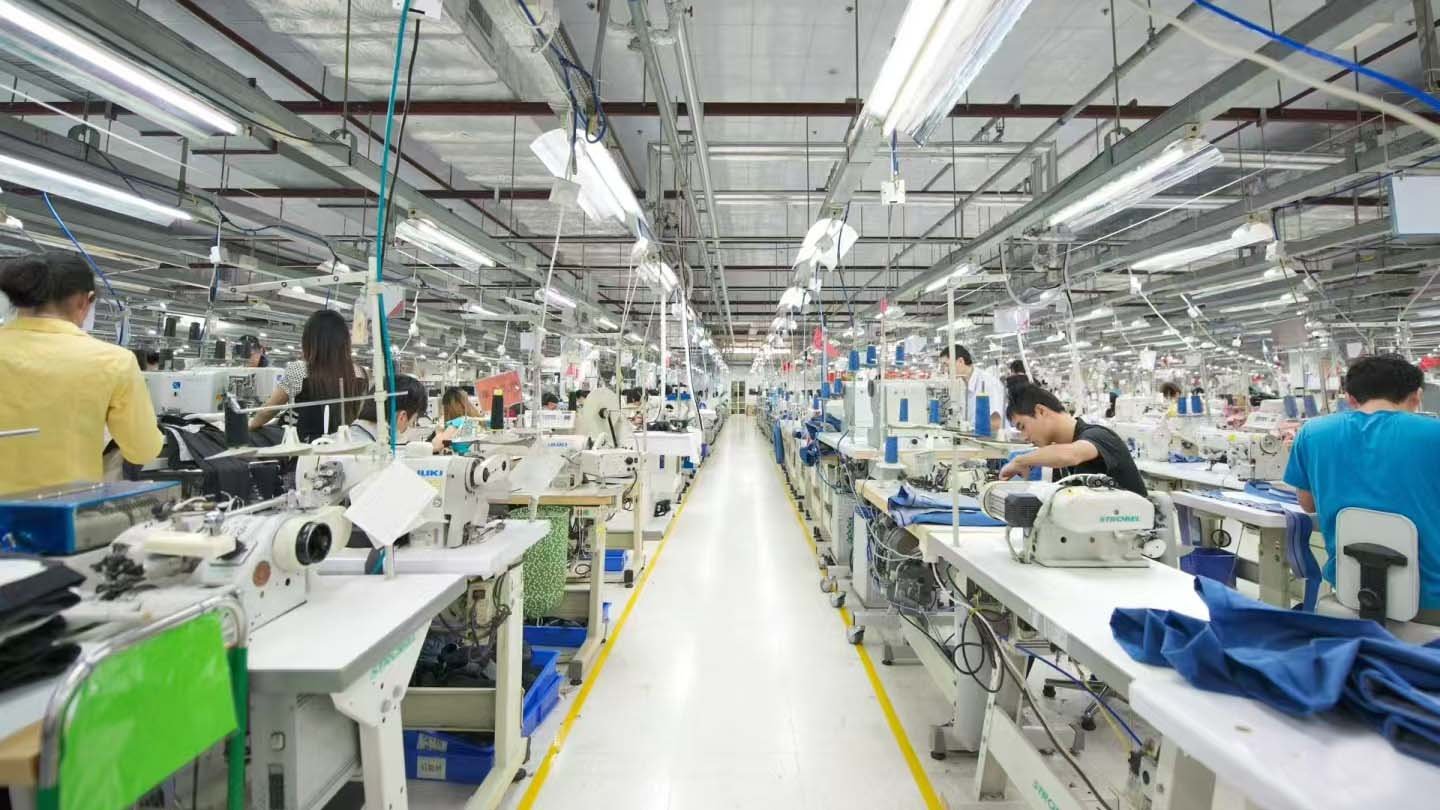
I’ve had many young brand owners come to me stressed about numbers. They think they need to order thousands of pieces to get started, or that the cheapest price is the only way to be profitable. This is a myth. The right manufacturer will work with you, and the right price is the one that includes quality and peace of mind.
Understanding the MOQ Equation
Manufacturers have MOQs for a reason. They have to order fabric in bulk, set up machinery, and dedicate a production line to your order. However, a partner who values new brands will be flexible. For a brand like yours, a reasonable MOQ might be around 50 to 100 units per design or color. This allows you to test the market without risking too much capital. Some factories, like mine, are set up to specifically help new brands by offering these lower, more accessible MOQs. A factory that demands 1,000 pieces per style might not be the right fit for you at this stage.
Price vs. Value: A Critical Distinction
The cheapest price is often the most expensive. I once helped a brand that was on the verge of collapsing. Their previous supplier offered an unbeatable price, but the product was a disaster. Nearly 30% of their order was unsellable due to poor stitching and printing errors. They lost money and disappointed their first customers. We helped them remake their order, and while our unit price was slightly higher, they received zero defective products. This is the difference between price and value.
| Factor | A "Cheap" Supplier | A "Value" Partner |
|---|---|---|
| Unit Cost | Rock-bottom price | Fair, transparent price |
| Hidden Costs | High defect rate, shipping delays | Low to zero defects, on-time delivery |
| Communication | Slow or nonexistent | Responsive and helpful |
| Result | Lost revenue, brand damage | Profitability, happy customers |
How Do You Manage the Sampling and Production Process Effectively?
The production process can feel like a black box for new brand owners. You send your designs and then anxiously hope for the best. This lack of control is stressful and risky.
Manage the process effectively by starting with a detailed tech pack. Insist on a clear sampling timeline with multiple stages: prototype, fit sample, and pre-production sample (PPS). Maintain regular communication with your manufacturing partner to track progress and address issues early.
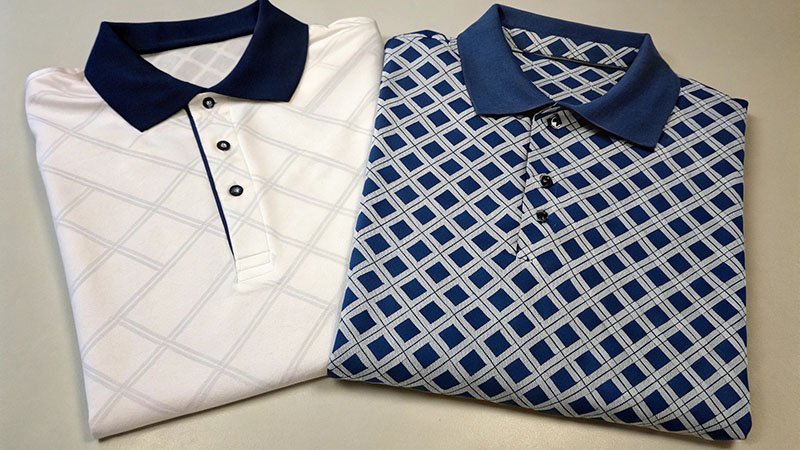
Over the years, I've seen that a smooth production run always starts with a clear plan. It’s not about hoping for the best; it’s about creating a system that ensures the best. A great manufacturing partner wants this too. They want clear instructions and a structured process because it reduces errors and makes their job easier. Your success is their success.
The Blueprint: Your Tech Pack
The single most important document you will create is your tech pack. Think of it as the blueprint for your golf shirt. It should contain everything the factory needs to know: exact measurements for each size, fabric specifications, color codes (Pantone numbers), and high-resolution images of your logos with precise placement details. A detailed tech pack eliminates guesswork and is the foundation for getting an accurate first sample. If a manufacturer is willing to start without one, that’s a major red flag.
The Sampling Stages You Can't Skip
Sampling is where you perfect your product before committing to a full order. It’s a critical dialogue between you and your manufacturer. You should never, ever skip these key stages:
- Prototype/First Sample: This is to check the basic construction, stitching, and feel of the fabric.
- Fit Sample: You'll use this sample to check the sizing and drape on a real person. Is the fit athletic or relaxed? Are the sleeves the right length? This is where you make adjustments.
- Pre-Production Sample (PPS): This is the final version. It’s made with the exact final fabric, colors, labels, and tags. This is the sample you must approve before the factory starts mass production.
I always build a clear calendar with my clients that outlines timelines for each sample, feedback, and the final production run. This transparency is key to a stress-free partnership.
Conclusion
Choosing the right manufacturer is the most important decision for your brand. Focus on finding a true partner who values quality, communication, and your vision—not just the lowest price.



